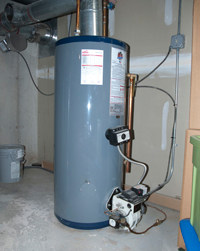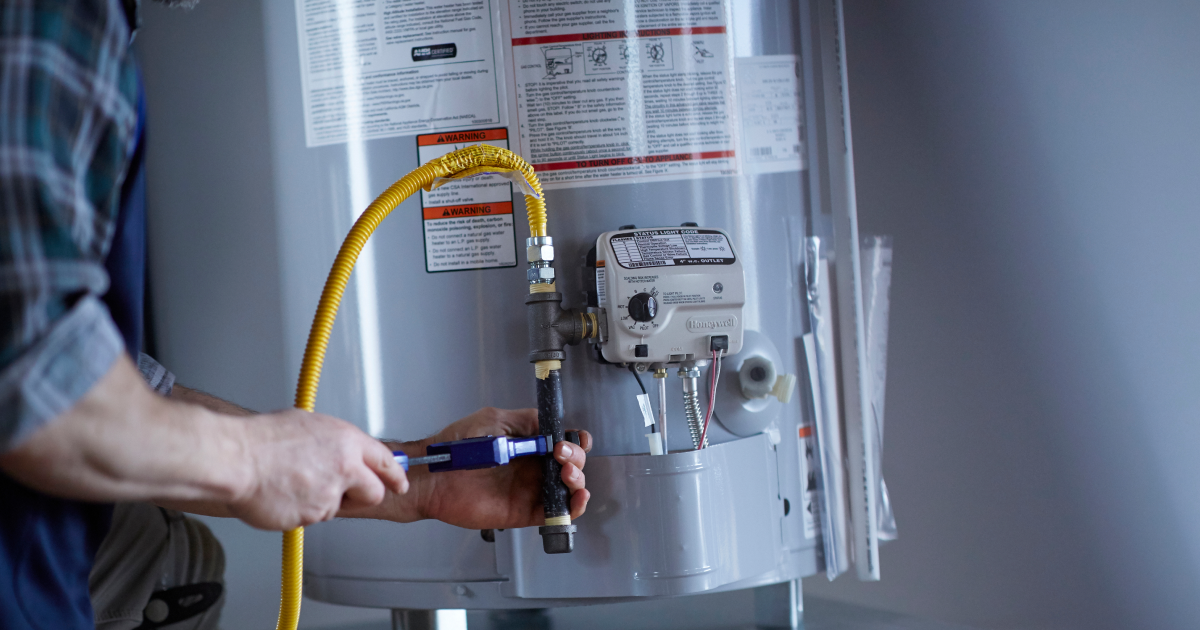They are making a few good points about What Kind of Maintenance Do Water Heaters Need? in general in this content following next.

Warm water is necessary for day-to-day convenience, whether it's for a refreshing shower or washing meals. To ensure your hot water system runs effectively and lasts much longer, normal upkeep is vital. This write-up provides practical suggestions and insights on how to maintain your home's hot water system to prevent disturbances and pricey repairs.
Introduction
Preserving your home's warm water system could seem challenging, but with a few basic actions, you can guarantee it operates smoothly for years to find. This overview covers every little thing from recognizing your warm water system to DIY maintenance suggestions and understanding when to employ specialist assistance.
Value of Preserving Your Warm Water System
Normal upkeep not just expands the life-span of your warm water system yet also ensures it operates efficiently. Neglecting maintenance can lead to decreased efficiency, higher energy bills, and even premature failure of the system.
Signs Your Hot Water System Needs Upkeep
Recognizing when your warm water system requires focus can protect against significant problems. Watch out for indications such as inconsistent water temperature, unusual noises from the heater, or rusty water.
Purging the Hot Water Heater
Purging your hot water heater eliminates sediment buildup, improving efficiency and lengthening its life.
Monitoring and Changing Anode Rods
Anode poles avoid corrosion inside the tank. Inspecting and changing them when worn is important.
Complicated Issues Requiring Specialist Assistance
Examples include significant leakages, electrical problems, or if your hot water heater is regularly underperforming.
Routine Specialist Upkeep Advantages
Professional upkeep can consist of extensive inspections, tune-ups, and making certain compliance with safety criteria.
Checking and Changing Temperature Setups
Changing the temperature setups guarantees optimal efficiency and security.
DIY Tips for Upkeep
You can carry out several upkeep tasks on your own to maintain your hot water system in leading condition.
Looking for Leakages
Routinely check pipes and links for leaks, as these can bring about water damages and higher expenses.
Understanding Your Warm Water System
Before diving right into maintenance jobs, it's valuable to understand the standard components of your warm water system. Generally, this consists of the water heater itself, pipelines, anode rods, and temperature level controls.
Month-to-month Maintenance Tasks
Normal regular monthly checks can aid catch small issues prior to they escalate.
Checking Pressure Alleviation Valves
Testing the pressure safety valve ensures it operates correctly and stops excessive pressure build-up.
Insulating Pipelines
Insulating hot water pipelines decreases warm loss and can conserve energy.
When to Call a Specialist
While DIY maintenance is valuable, some issues need specialist proficiency.
Final thought
Normal maintenance of your home's warm water system is crucial for efficiency, durability, and price savings. By complying with these pointers and knowing when to seek expert aid, you can ensure a trustworthy supply of warm water without unexpected interruptions.
How to Maintain an Instant Hot Water Heater
Before tinkering with your hot water heater, make sure that it’s not powered on. You also have to turn off the main circuit breaker and shut off the main gas line to prevent accidents. Also turn off the water valves connected to your unit to prevent water from flowing into and out of the appliance. 2. When you’re done, you have to detach the purge valves’ caps. These look like the letter “T” and are situated on either side of the water valves. Doing so will release any pressure that has accumulated inside the valves while at the same time avoid hot water from shooting out and burning your skin. 3. When the purge valves’ caps are removed, you have to connect your hosing lines to the valves. Your unit should have come with three hoses but if it didn’t, you can purchase these things from any hardware or home repair shops. You can also get them from retail stores that sell water heating systems. Read the user’s manual and follow it to complete this task properly. When the hosing lines are connected, open the purge port’s valves. 4. You should never use harsh chemical cleaners or solutions when cleaning your unit. Make use of white vinegar instead. It should be undiluted and you’ll probably use about 2 gallons. 5. Now flush your water heater. This task should probably take about 40 minutes. We can’t give you specific directions for this because the procedure is carried out depending on the type, model and brand of your heater. With that being said, refer to the user’s manual. 6. When you’re done draining the unit, you have to turn off the purge port valves again. Remove the hosing lines that you earlier installed on each of the water valves. Put the valve caps (purge port) back in their respective places and be very careful so as not to damage the rubber discs that are found inside these caps. 7. Now that everything’s back in place, check your user’s manual again to find out how to reactivate your water heating system. 8. Once it is working, turn one of your hot water faucets on just to let air pass through the heater’s water supply pipes. Leave the tap on until water flows smoothly out of it. https://www.orrplumbing.com/blog/2014/september/how-to-maintain-an-instant-hot-water-heater/

Hopefully you enjoyed our topic about What Kind of Maintenance Do Water Heaters Need?. Thanks so much for taking time to read our content. Please take a moment to distribute this post if you enjoyed reading it. I thank you for your readership.
Call Today